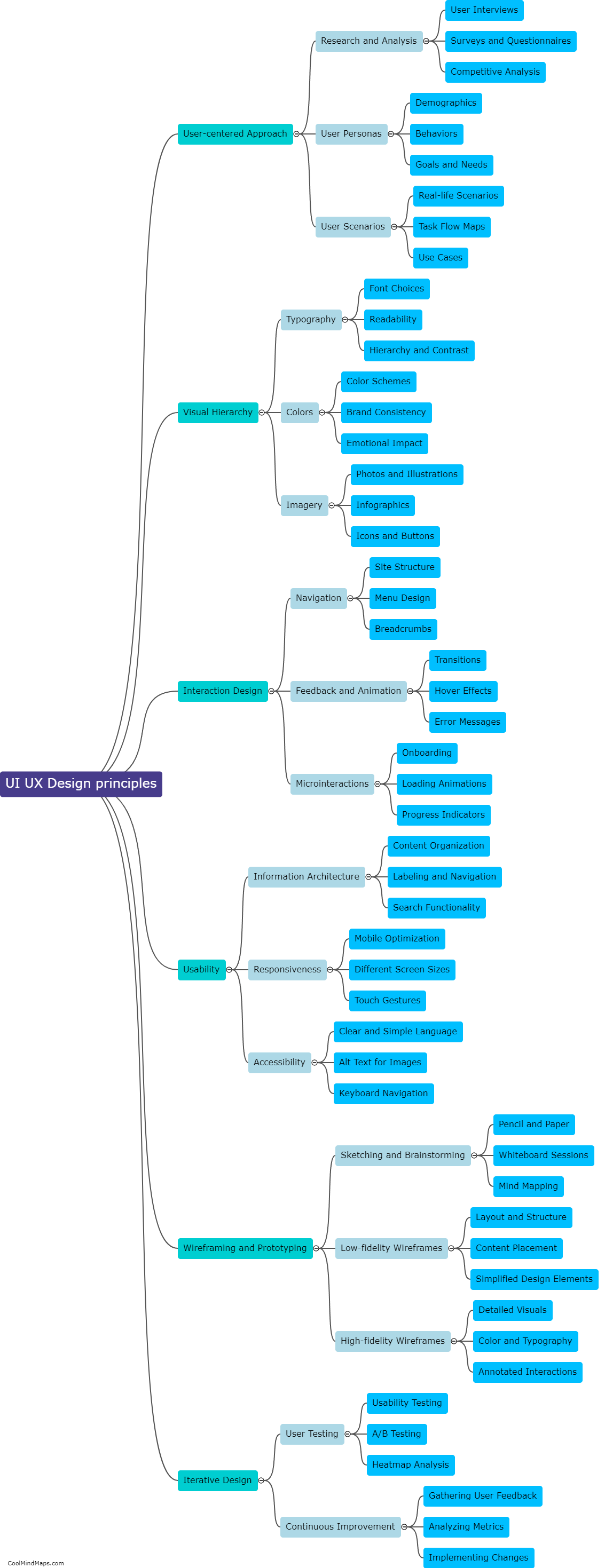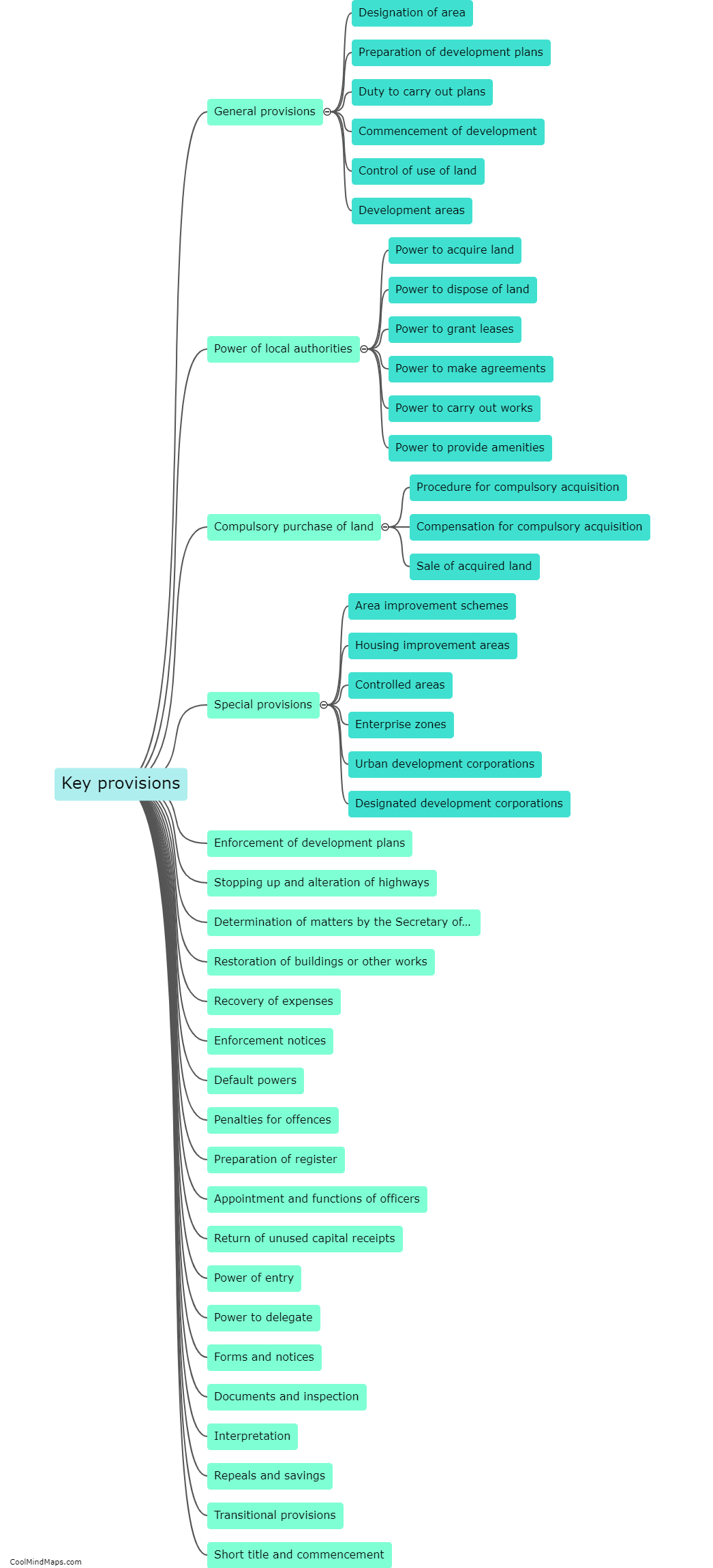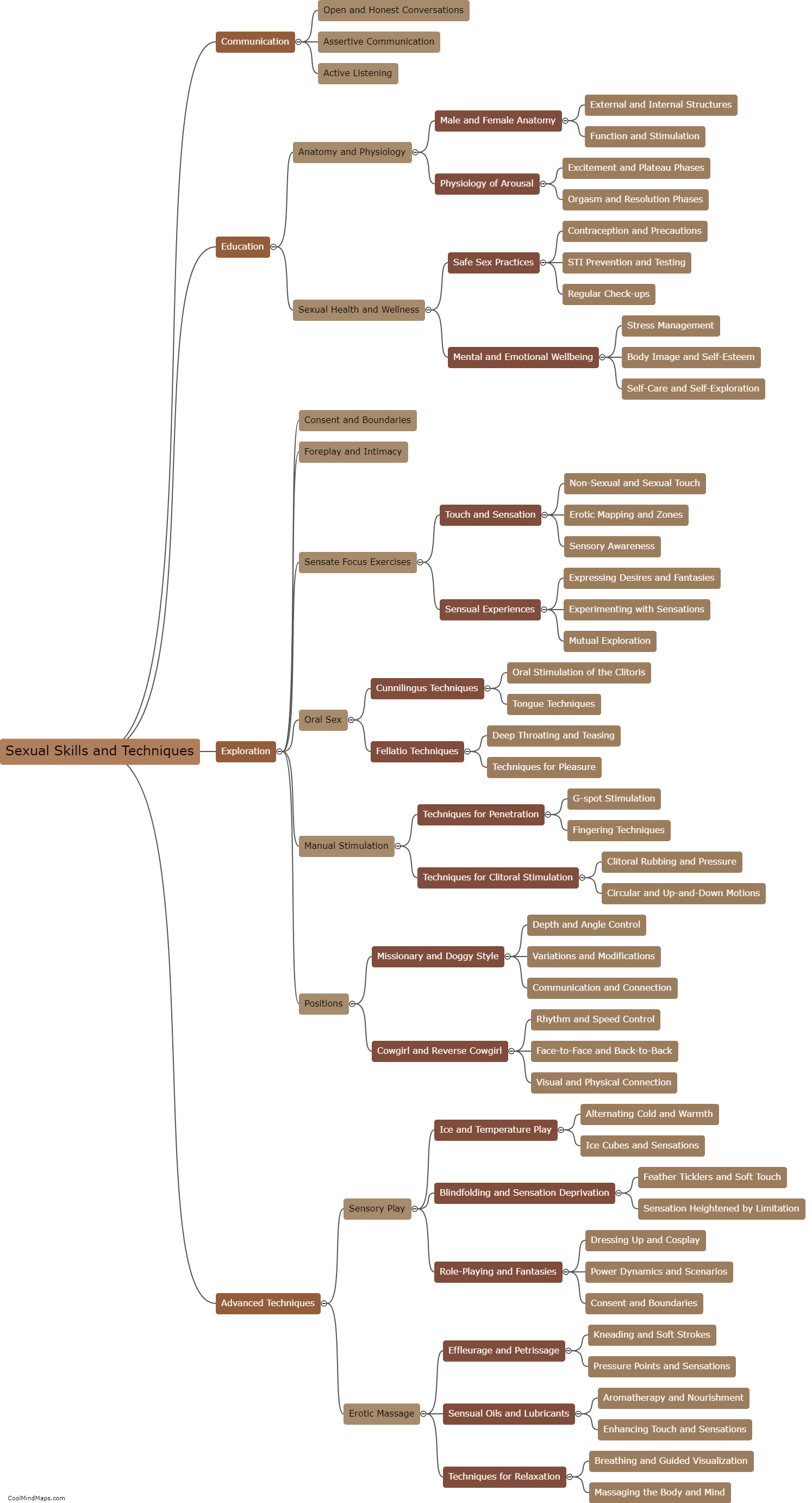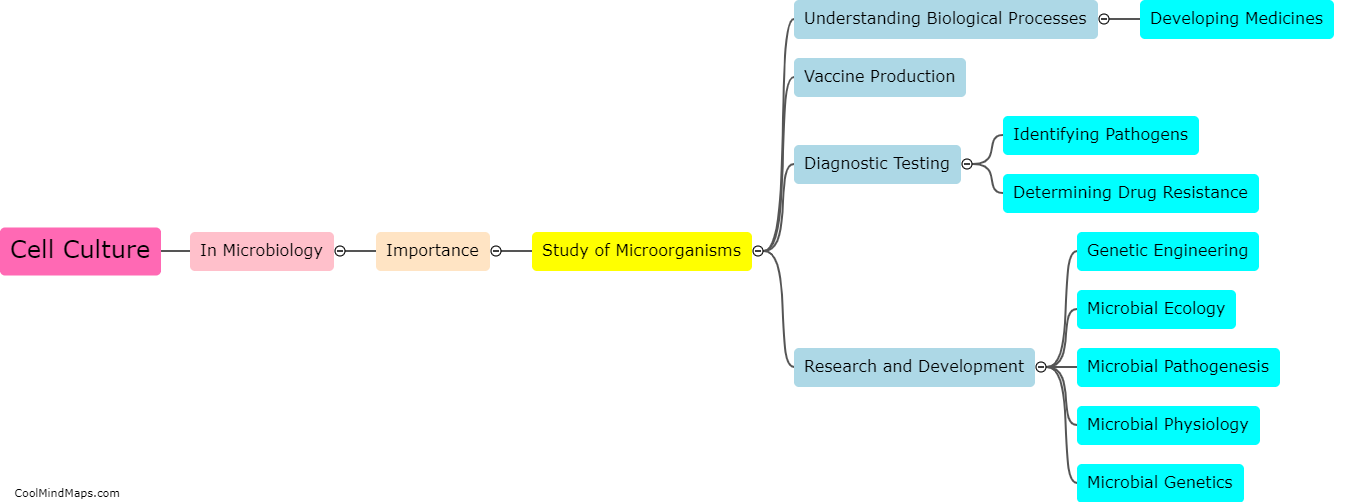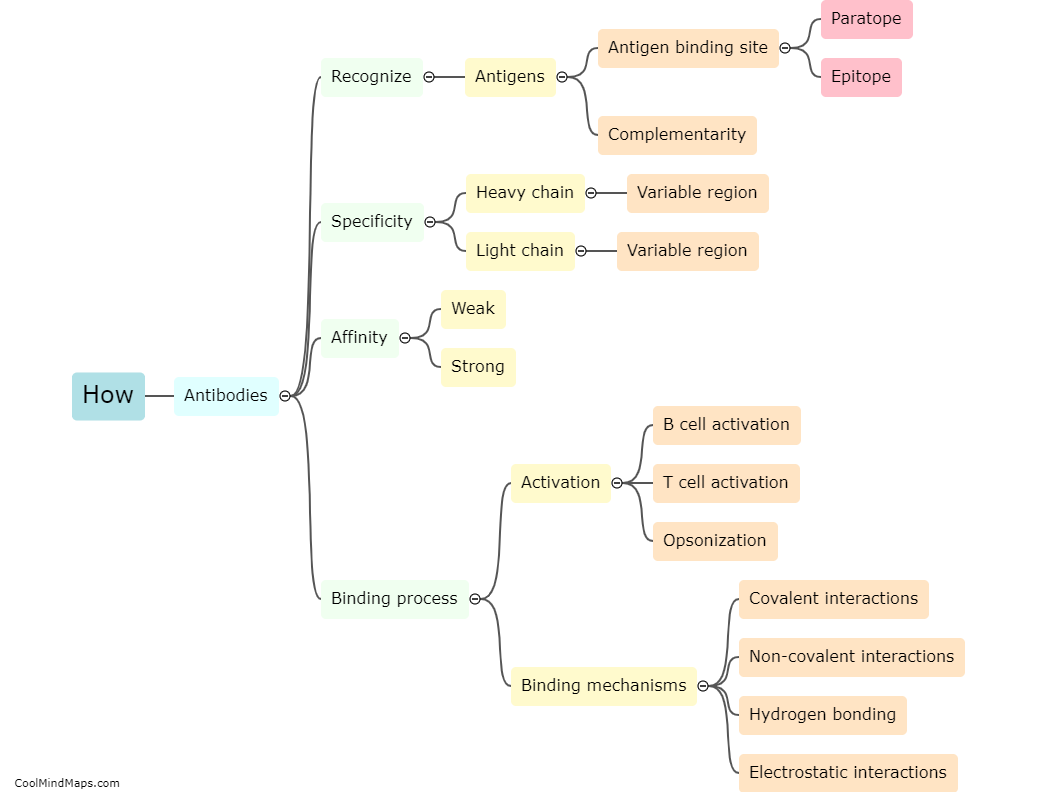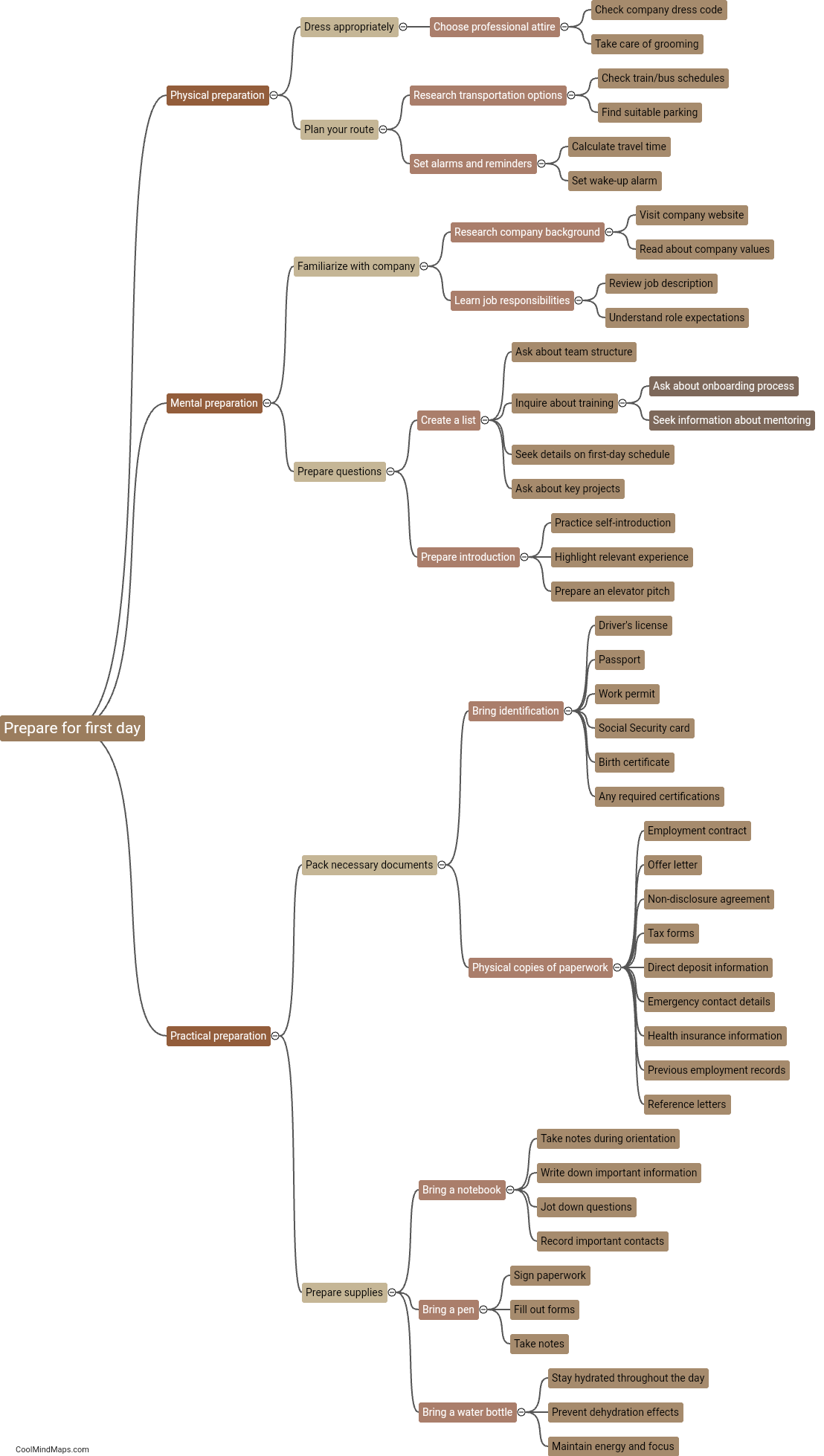What are the different types of models used in simulation?
There are different types of models used in simulations, each serving a specific purpose and representing different aspects of a real-world system. Physical models, often called mock-ups or prototypes, are physical representations of the system being simulated. They help visualize and understand the system's physical properties and behavior. Mathematical models, on the other hand, rely on mathematical equations to describe the system's dynamic relationships. These models are often based on various mathematical theories and algorithms. Conceptual models are simplified representations of the system, focusing on the primary elements and their interconnections. They help explore the relationships between different components. Lastly, simulation models are computer programs that replicate the behavior of the system using algorithms and input data. These models enable experimentation and analysis of different scenarios without real-world consequences. Overall, the choice of model depends on the specific simulation goals and the complexity of the system being studied.

This mind map was published on 2 January 2024 and has been viewed 93 times.
